Man in Manali
Adam Ball, director and cinematographer, with a Bachelor’s Degree in ethno- graphic filmmaking and involved with the GarÃfuna language program at the University of Florida in Gainesville, and Alison Muckenfuss, photographer with a Bachelor’s Degree in Psychology, announce the upcoming release of their new documentary called „Man in Manali“ produced by their own company High Noon Pictures. The final version of about an hour and a half will be subtitled in GarÃfuna, Spanish, and English.
„Man in Manali, an experimental ethnographic video on an indigenous people called the Garifuna who reside on the eastern coasts of Central America. Our intention is to depict the daily life of a Honduran community through visual images. To gain insight into their own view of daily life, we gave a means of production to members of the Garifuna community. To acknowledge the effect of our presence on their daily lives, we included ourselves in the depiction.“ High Noon Productions
In Honduras Manali is also known as Ciriboya, a small and fairly pure GarÃfuna village on the edge of the Caribbean on one side and of lagunes, mangroves and the Mosquitia rainforest on the other. During my field research in 2004 I passed through Ciriboya for some time as well. Here several traditions like the original way of making casabe, guifiti, and machuca, building thatched rooftops, and the religious and ceremonial dügü are still known and seen. Due to bilingual schools set up within the last years, the GarÃfuna language seems to be spoken again by all generations.
I am exited and looking forward to watch this documentary, one of the very few that have been made about the GarÃfuna people throughout Central America. A trailer and various pictures are available already.












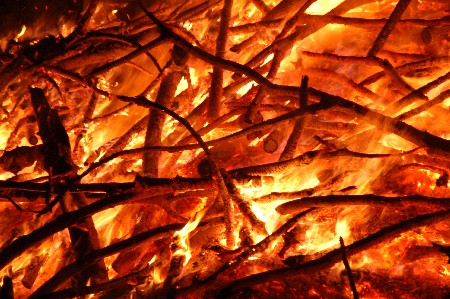
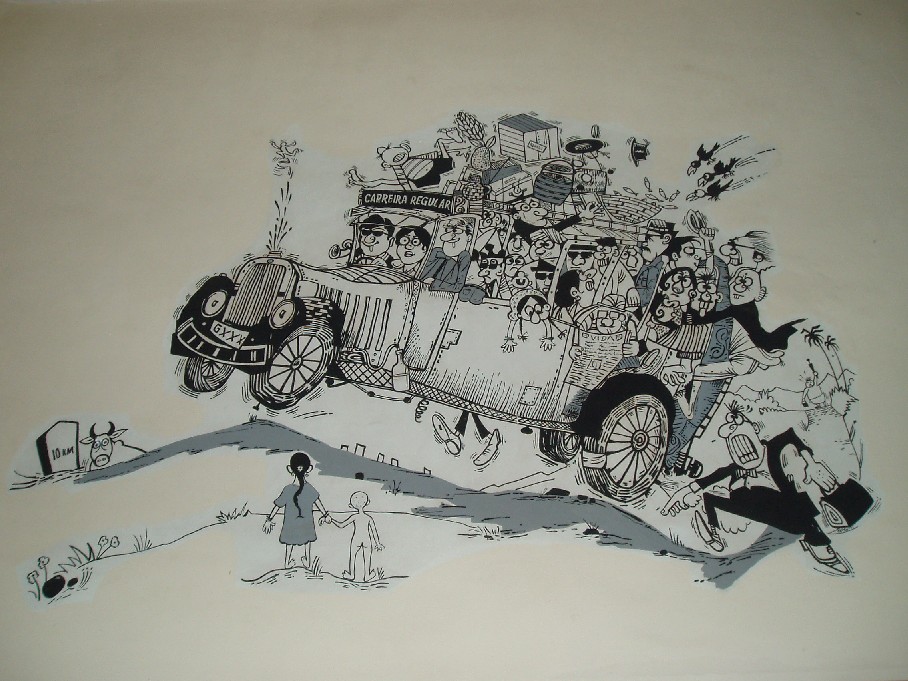
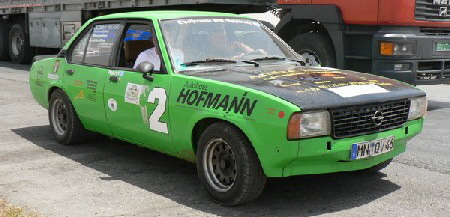

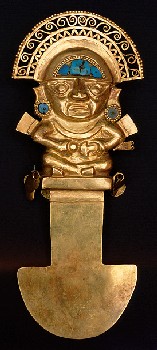 „The Curse of the Caribbean“ – not only because of the latest discussion on
„The Curse of the Caribbean“ – not only because of the latest discussion on 
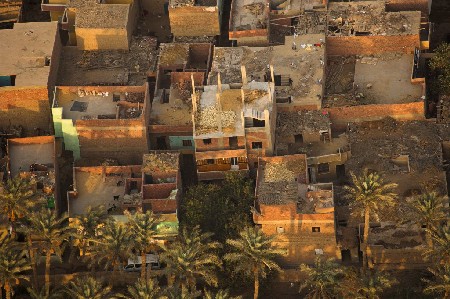
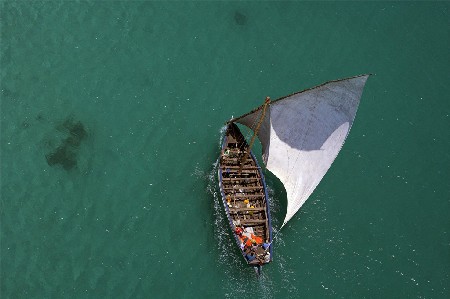
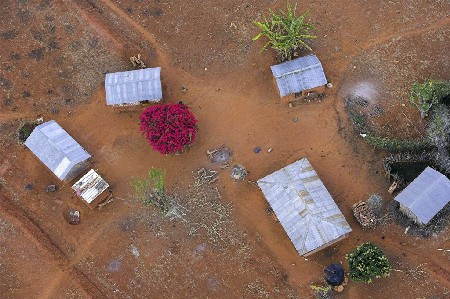

 One of the first entries here discussed
One of the first entries here discussed